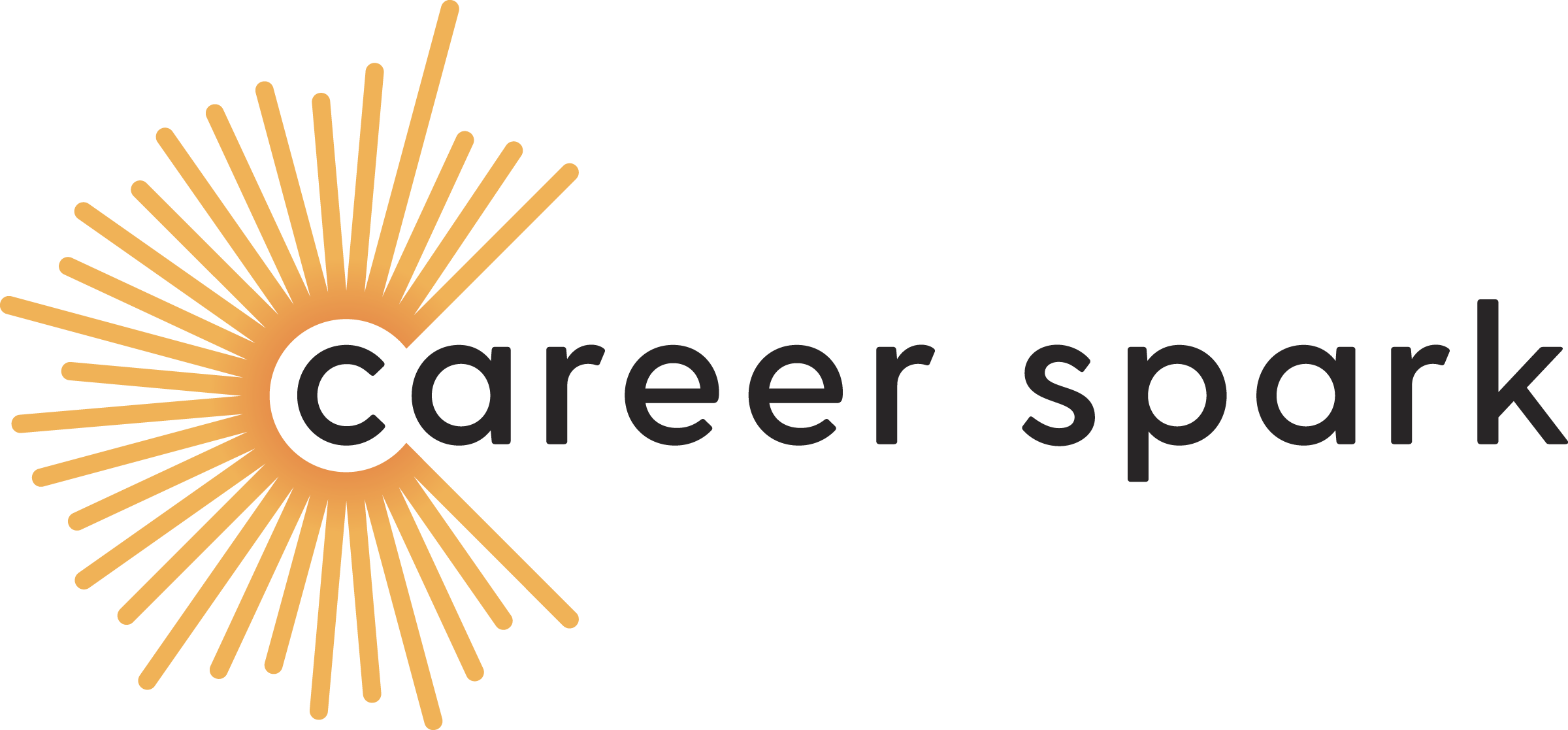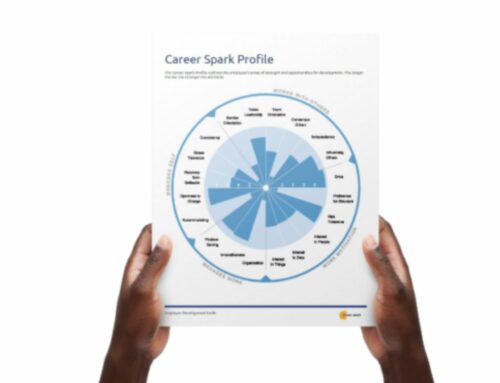How to identify your top performers and get more of them.

You know the ones. Those hard workers who always get the job done right, are great team players, and feel excited and engaged with their work? They’re your high performers – and you want more of them.
Have you heard of the 80-20 rule? Scientific studies show that it’s pretty accurate. Across a wide range of tasks, industries, and organizations, a small percentage of workers drive a large proportion of results. Your top 1% account for 10% of organizational outcomes, your top 5% accounts for 25% of organizational outcomes, and your top 20% account for 80% of organizational outcomes.
Additionally, the performance gap between your top performers and your average employees widens based on the complexity of the role. According to Harvard Business Review, “For less complex jobs, like manufacturing, top employees outperform average employees by a median margin of about 50%. However, for medium complexity jobs, such as trainers or first-line sales managers, that difference grows to 85-100%. For highly complex jobs, such as senior leadership roles, the contribution of top performers is more than double that of the average performer.”
Lastly, your high performers also have a motivating effect on the rest of your staff. As reported in Harvard Business Review, “Talented employees are ‘force multipliers,’ raising the performance bar for their colleagues, and particularly for their direct reports.” They do this by modeling and teaching behaviors that help foster high-performing cultures. Simply adding a star performer to your team can boost the effectiveness of other employees by 5-15%.
Why High Performers Are So Hard to Find
Having the best of the best is good for business. But many organizations fail to make the most of their high performers because they don’t recognize them early enough. They also don’t pay enough attention to their professional development, so by the time you’ve spotted them, they’ve got one foot out the door or have already left for greener pastures.
On top of this, many organizations have pretty crude processes for finding high performers. For one, it’s often a very manual process where managers are tasked with identifying their best people and working closely with them to develop them and define their career path, on top of everything else on their plates. As a result, it’s pretty easy for people to fall through the cracks.
Additionally, relying on your managers makes the process a lot more subjective and open to bias. For example, let’s say you don’t have standardized evaluation tools. In that case, it’s easy for your higher-ups to simply ‘go with their gut’ when identifying high performers or base their choices on attributes and behaviors that don’t actually contribute to job success.
Lastly, this type of identification process just isn’t scalable. Once your organization grows to 500 people or 10,000-plus, it’s simply impossible for your people to identify every single high performer. This lack of scalability also places the onus on your employees to stand out and get exposure within the organization so they can be seen as high performers rather than simply doing their job and doing it well.
Fixing a Broken System: Why Current High Performer Identification Tactics Don’t Work
To put it bluntly, the system that most companies currently use to identify high performers is broken. We tell people that they need to take control of their careers to be tapped for promotions and attract those coveted growth opportunities when it should be the other way around. As an employer, you should be able to discover your high performers without them broadcasting their achievements to the masses.
We also need to shift away from subjective measures of performance and ideas of what high performers look like and create systems and processes that are more objective and standardized. What are the factors that contribute to high performance and effective leadership? While there are some common attributes (e.g., adaptability, high levels of job satisfaction, growth mindset, etc.), the real answer is: it depends.
There’s no ‘one-size-fits-all’ formula for identifying high performers. The qualities and skills that might help somebody succeed in one role at one particular company don’t always translate to other functions or other company cultures. Instead, companies need to develop their own unique recipes for success based on the specific role, company values, and organizational culture.
The 3 Step Process for Identifying High Performers at Scale
In an organization with 10,000+ employees, there will always be good talent that you just won’t see, and this is where data and technology need to come into play. Even smaller organizations can benefit from taking a more objective and less manual approach to talent discovery as it will help you reduce unconscious bias and boost efficiency. Imagine if you had X-Ray vision that allowed you to scan your entire organization and pinpoint your top performers in every department? This is what adopting a data-driven approach to high performer identification can do for you.
So how do you develop this superpower? First, you need to do three key things: identify, codify, and replicate.
Step One: Identify
Do you know precisely what makes someone a high performer and why? For example, great salespeople sell more than their peers but do you know exactly why that is happening? Is it that they are good at building empathy with prospects and clients or are they very organized and diligent about following up with leads?
The reality is that, while it’s often straight forward to identify who is succeeding, it is equally very challenging knowing why. Once you can understand what contributes to high performance and why, you can better identify the high performers in your organization. However, doing this work manually is extremely difficult and could take months – even years. Fortunately, systems like Career Spark, can help you cut that time down immensely by analyzing top performers and outlining why they are outperforming others doing the same job.
Step Two: Codify
At the same time that you’re understanding what the drivers of success are, you will need to quantify those factors. For example, let’s say you’ve found that building empathy is a key ingredient to sales success. In that case, you need to identify the common, quantifiable elements that you could use that measure your sales talent’s ability in this area.
Again, this is tough work to do on your own but systems like Career Spark will do the heavy lifting for you – identifying why and in what quantity different factors impact results and performance.
Step Three: Replicate
Once you figure out what makes someone a high performer any why, it’s time to use these insights to find more of the right people – both inside and outside of your organization. This is also where a platform like Career Spark comes in handy. For example, you can use our technology to equip your staff and leadership team with the tools to evaluate performance and track their progress.
Career Spark also makes it much easier for employers to identify staff members who have a high number of core skills or are progressing rapidly with their professional development. With all this data at your fingertips, it’s virtually impossible to overlook a high performer and being able to identify them with laser accuracy means you can engage, develop, or promote them before it’s too late.
Data is Power: People Intelligence is The Future of High Performance
It’s been proven time and time again: investing in identifying and developing your top talent is one of the best moves you can make as an employer and will produce the highest ROI for your company. Your top performers drive the most results and can even raise the overall productivity and performance of the rest of your staff.
However, if you’re going to invest in the right people you need to know who they actually are. You need to know the key indicators of high performance, and be able to measure and evaluate your staff at scale, so you can make sure that none of your best talent falls through the cracks.
And this is where data comes in. With a platform like Career Spark, you don’t need to rely on your managers to do all the heavy lifting. You’ll be able to see all of your staff’s skills, competencies, and qualifications at a glance so you can quickly identify your top performers and also understand their needs and wants.
Imagine being able to see exactly what each of your top performers needs to be successful and happy – whether it’s training, mentorship, a promotion, or even a lateral move to another department. With Career Spark, you can make this dream talent identification process a reality.













